Travel has transcended traditional hotel stays as modern travelers seek more authentic cultural experiences than contrived tourist ones. Cultural homestays—where guests live with local families—provide the ultimate opportunities to participate in daily life, traditions, and customs in ways no normal tourism can.
These experiential stays create deeper connections to places through shared meals, conversations, and participation in household routines that reveal the essence of places. Here is a list of 15 exceptional cultural homestays that offer life-altering experiences for travelers in search of authentic human connection.
Mayan Families in Guatemala
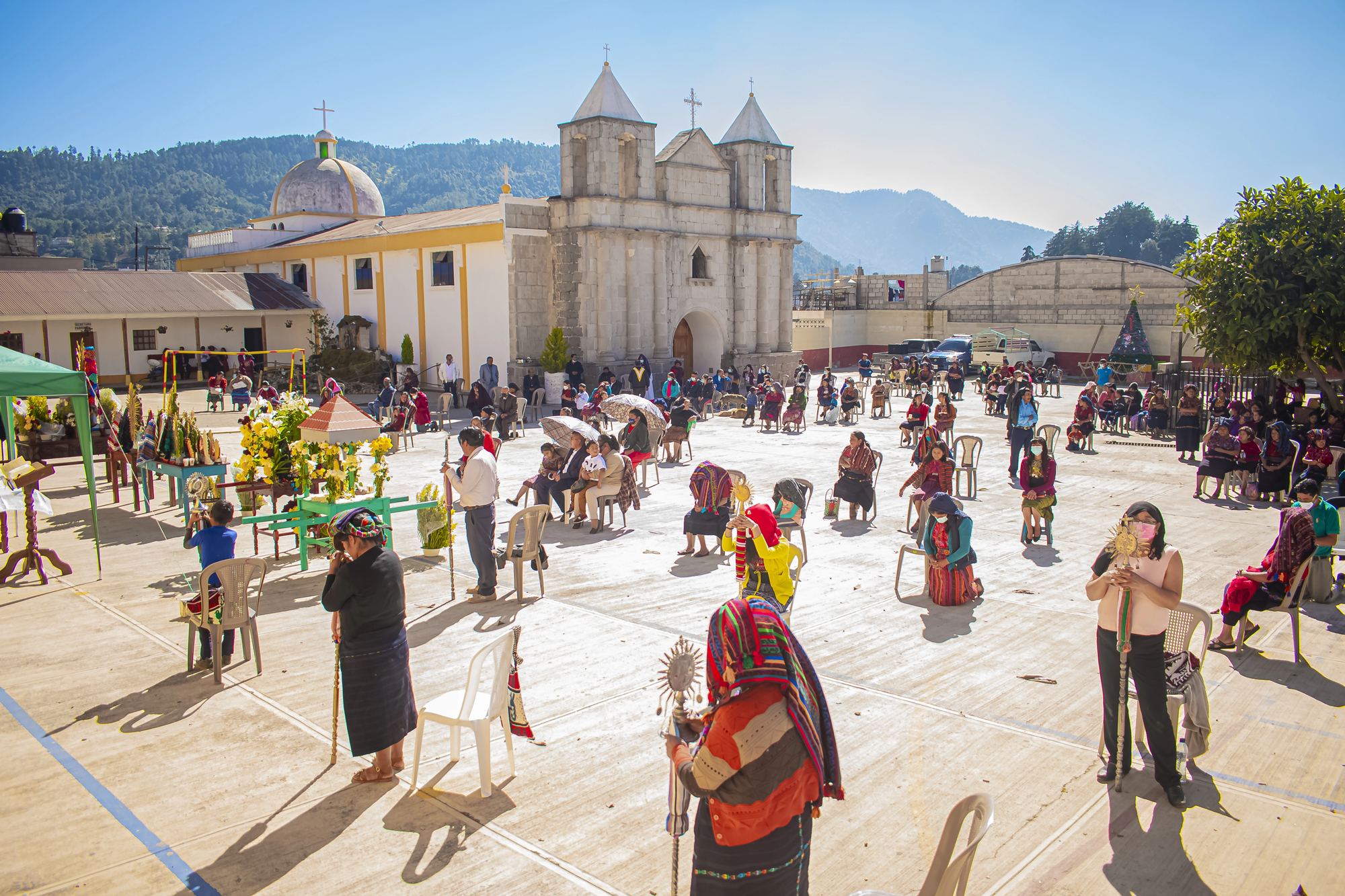
The highlands around Lake Atitlán offer homestay programs where visitors live with indigenous Mayan families in traditional compounds. Guests participate in daily activities like tortilla making, backstrap weaving, and tending small coffee plots on the fertile volcanic slopes.
Many host families speak their native Kaqchikel or Tz’utujil as their first language, with varying levels of Spanish, creating natural language exchange opportunities. The contrast between ancient traditions and modern influences becomes apparent as families navigate preserving cultural heritage while adapting to contemporary challenges.
Berber Homes in Morocco’s Atlas Mountains

Berber families welcome guests into traditional mud-brick homes built into the dramatic landscape of North Africa’s highest mountain range. Visitors help prepare tagines in outdoor clay ovens, learn bread-making techniques passed down through generations, and join evening gatherings where oral storytelling traditions continue despite modern entertainment alternatives.
Traditional mint tea ceremonies punctuate the day, with the elaborate pouring ritual considered as important as the beverage itself. During seasonal migrations, some families offer the chance to accompany shepherds moving livestock between mountain pastures.
Japanese Minshuku Experience
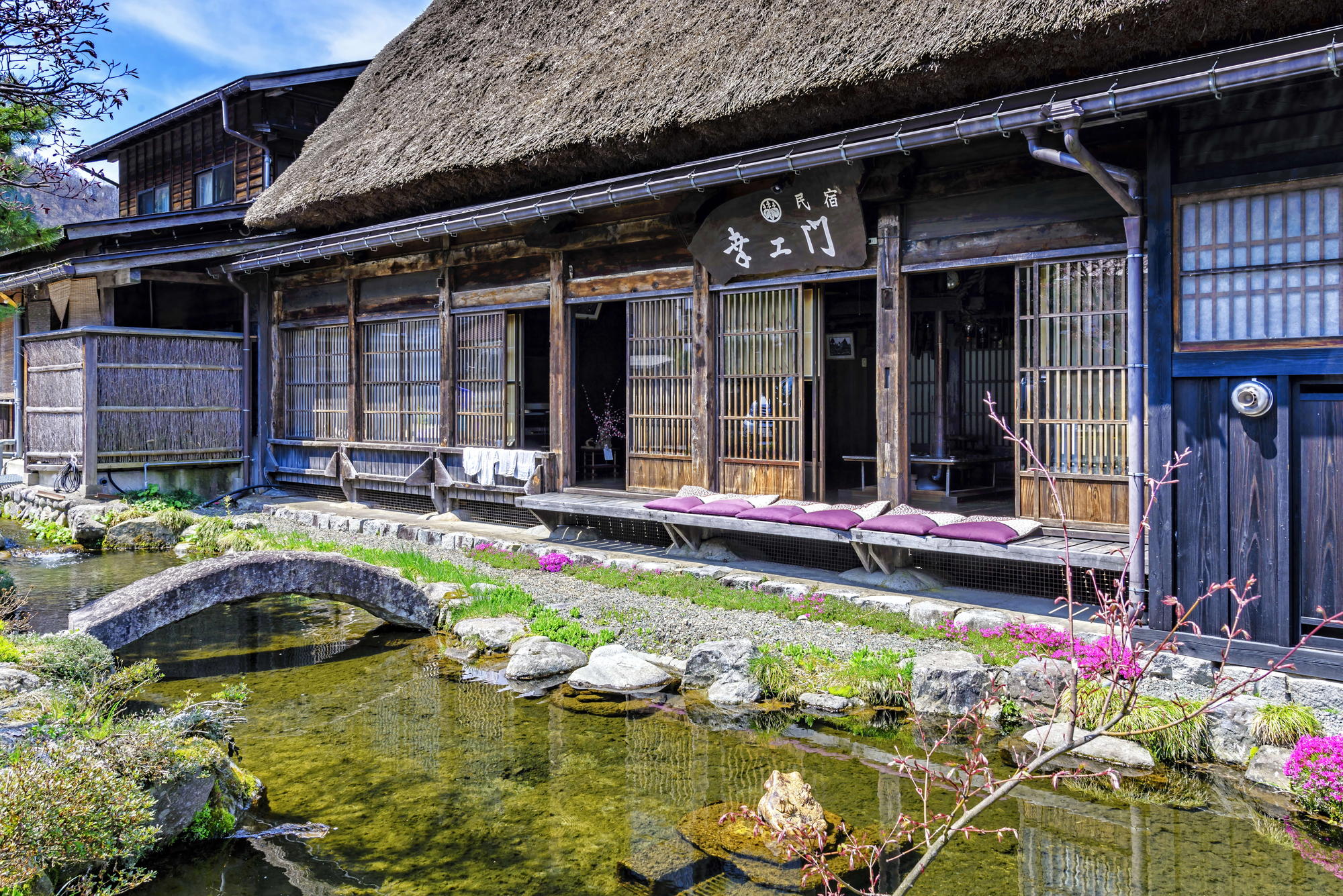
These family-run guesthouses, particularly in rural areas like the Kiso Valley, provide intimate glimpses into Japanese domestic life rarely seen by foreign visitors. Guests sleep on futons laid out on tatami floors, bathe in a family onsen following precise bathing etiquette, and enjoy home-cooked meals featuring local specialties often harvested or foraged that same day.
Many minshuku are located along historic walking routes like the Nakasendo, creating perfect combinations of cultural and natural experiences. House slippers, specific bathroom footwear, and other domestic customs must be carefully observed, providing practice in Japanese social navigation.
Like Travel Pug’s content? Follow us on MSN.
Longhouse Living in Borneo
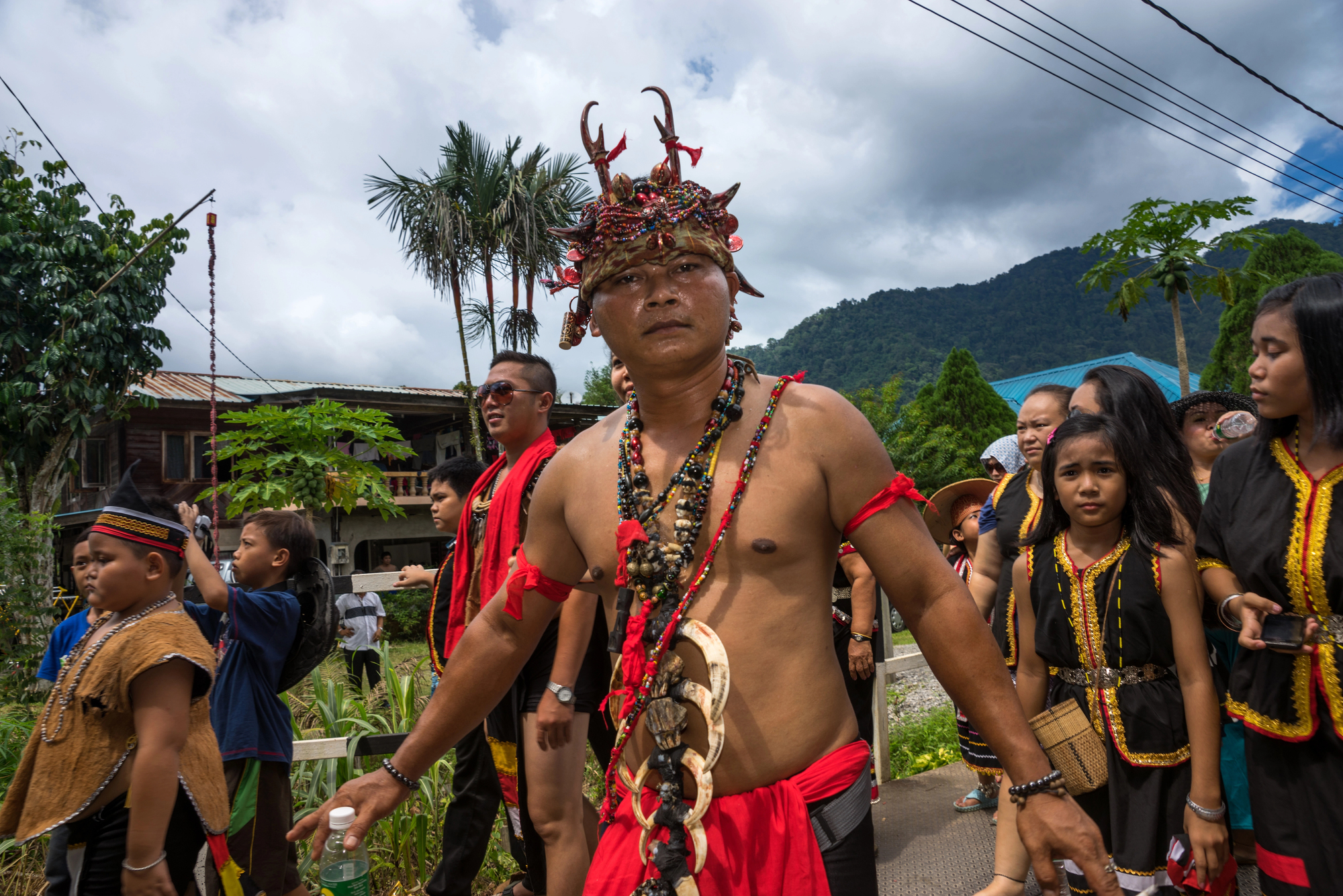
Iban and Bidayuh communities in Sarawak offer immersive stays in traditional longhouses where multiple families live under one extended roof. Visitors sleep in communal areas or family apartments, participate in rice harvesting or jungle foraging, and learn traditional crafts like pua kumbu weaving or bamboo carving from community elders.
Evening gatherings often include rice-wine sharing, traditional music, and storytelling about headhunting ancestors and forest spirits that still influence daily decisions. The contrast between traditional animist beliefs and adopted Christianity creates fascinating cultural dynamics visible in household rituals and celebrations.
Irish Farm Homestays

Family farms across rural Ireland welcome visitors into centuries-old stone farmhouses for authentic experiences far from tourist routes. Guests help with seasonal activities like sheep shearing, cattle driving, or harvesting while enjoying home cooking featuring ingredients from the surrounding fields.
Evening visits to local pubs provide immersion in traditional music sessions where community members spontaneously share songs and stories passed through generations. The genuine hospitality extends beyond tourist politeness into real family inclusion, with many hosts maintaining relationships with guests long after their stays.
Himalayan Home Stays in Ladakh
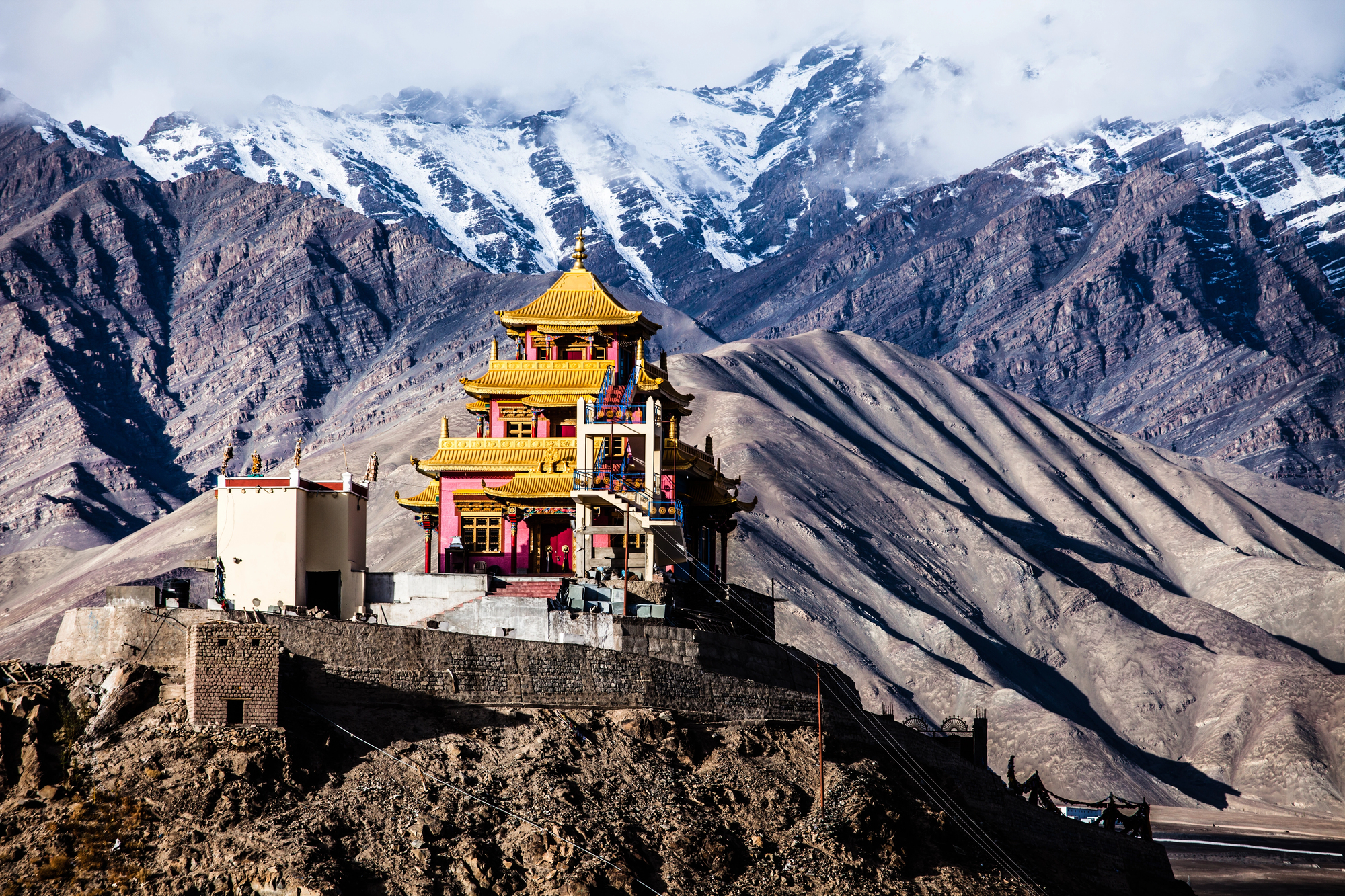
Buddhist families in this high-altitude desert region offer simple accommodations in traditional flat-roofed houses built to withstand extreme mountain conditions. Guests participate in agricultural activities like apricot harvesting, help tend to livestock, and join family prayer sessions at home shrines where butter lamps illuminate colorful Buddhist imagery.
The challenging geography has shaped unique cultural adaptations, from ingenious water management systems to specific architectural features designed for thermal efficiency. Many homes maintain summer and winter kitchens with different fuel sources and cooking techniques adapted to seasonal conditions.
Like Travel Pug’s content? Follow us on MSN.
Siberian Village Experience
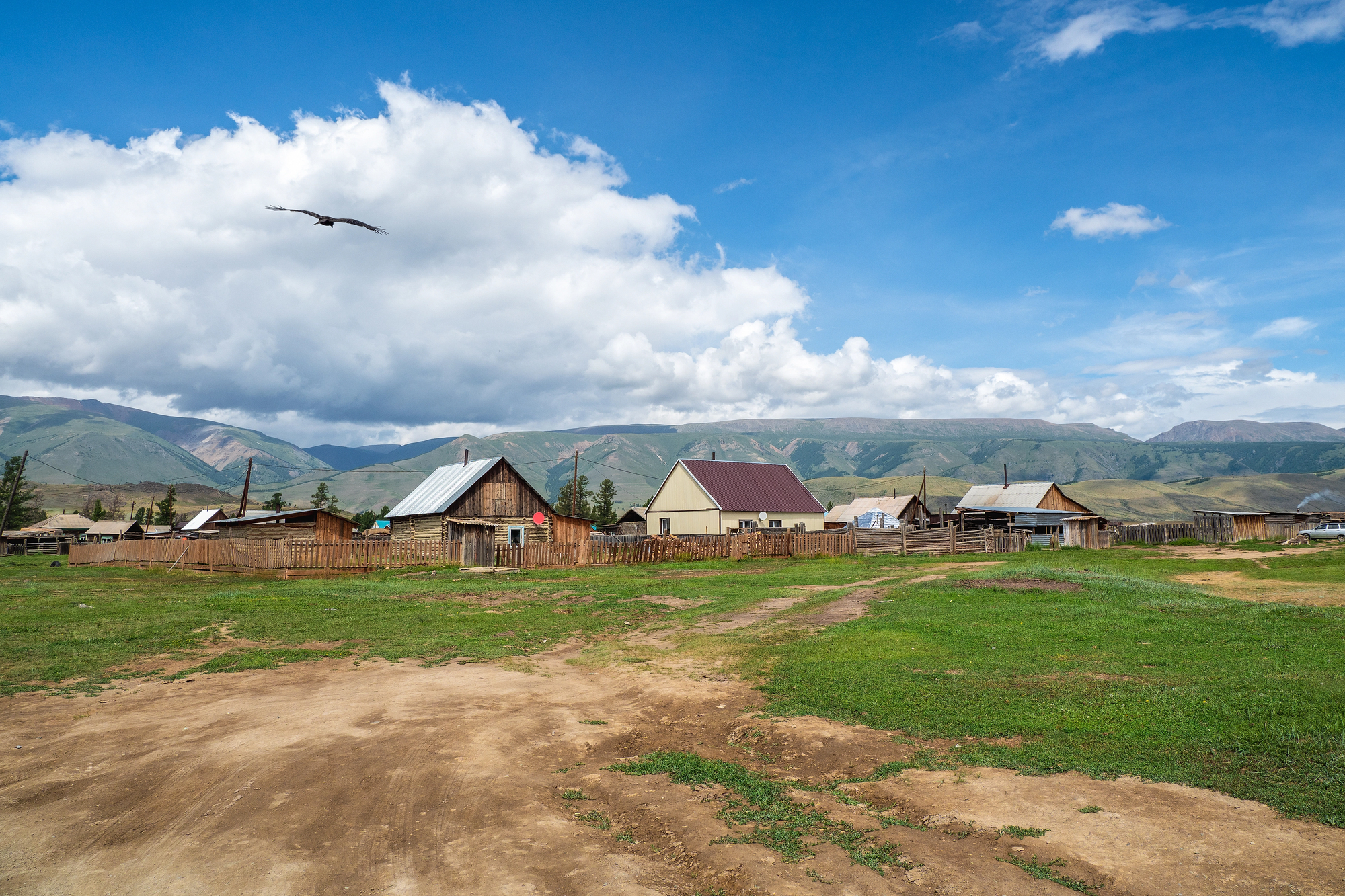
In remote Buryat communities near Lake Baikal, families host visitors in traditional wooden homes with distinctive blue window frames believed to ward off evil spirits. Guests learn about the resurgence of shamanic traditions that survived Soviet suppression, participate in summer hay harvesting vital to winter survival, and experience traditional Russian banya rituals involving birch branch swatting and cold-water plunging.
The cultural fusion of Russian, Mongolian, and indigenous influences creates unique food traditions, linguistic particularities, and spiritual practices not found elsewhere. Winter stays offer opportunities to experience ice fishing, traditional sledding, and staying warm in extreme conditions.
Kerala Homesteads in India

Family compounds in India’s southwestern coastal state welcome visitors into traditional tharavadu homes featuring central courtyards, ayurvedic gardens, and distinctive Kerala architecture adapted to tropical conditions. Guests learn classical cooking techniques using fresh spices grown on the property, observe Hindu domestic rituals, and sometimes participate in harvest festivals or family celebrations that punctuate the agricultural calendar.
Many homes maintain multigenerational living arrangements where elders, parents, and children demonstrate different aspects of changing Indian family dynamics. The matrilineal tradition of the region creates family structures different from those in northern India, offering insight into diverse cultural approaches within the same country.
Colombian Coffee Farm Homestays
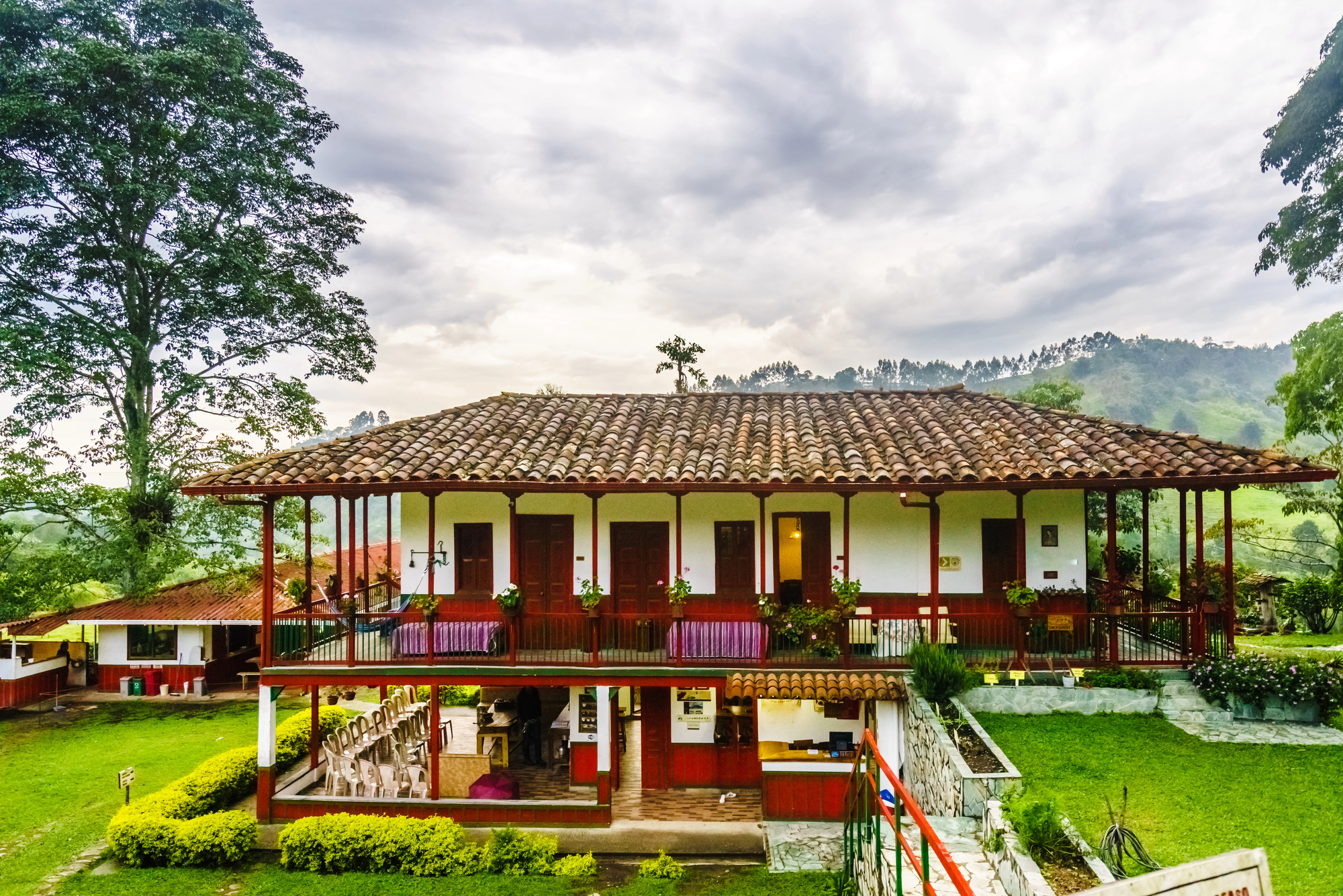
Families in the coffee-growing regions welcome visitors to participate in all aspects of production—from harvesting ripe cherries on steep mountainsides to processing, drying, and roasting beans. Guests learn why picking only perfectly ripened berries matters for quality and how different processing methods affect flavor profiles through hands-on participation.
Evening gatherings often feature local music traditions like bambuco or cumbia while family members share stories about the region’s tumultuous history and recent peace developments. The daily rhythm revolves around coffee cultivation, with early morning starts and afternoon rains dictating the schedule more than clocks.
Like Travel Pug’s content? Follow us on MSN.
Mongolian Ger Experiences
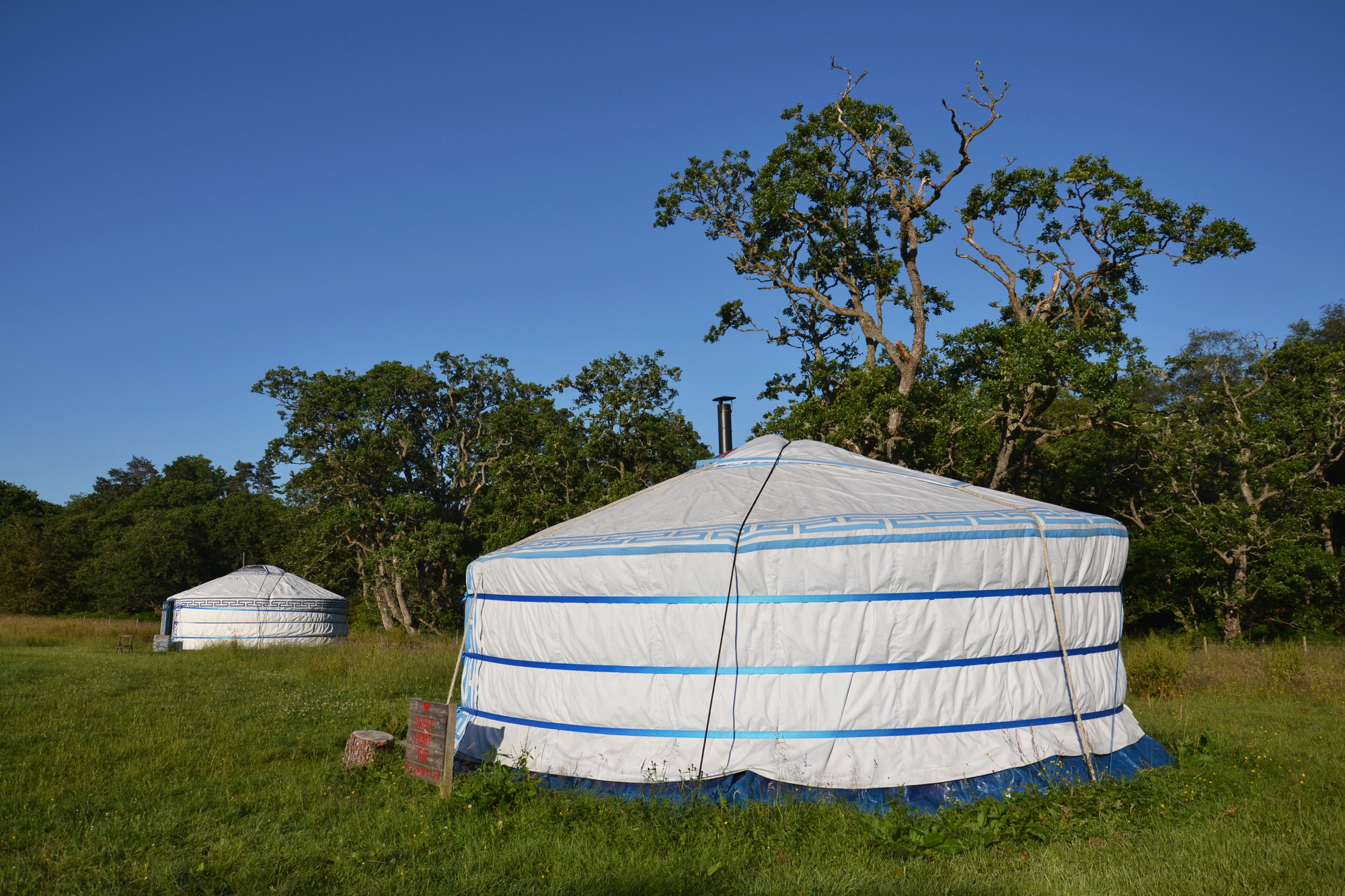
Nomadic families invite travelers to join their seasonal migrations across vast grasslands, sharing traditional felt tents that have sheltered Mongolian herders for centuries. Guests learn to milk mares for airag (fermented horse milk), help herd sheep and goats using traditional techniques, and participate in moving the entire household to fresh pastures when necessary.
The extraordinary hospitality tradition considers visitors a blessing, with families often sharing their best food despite limited resources. The intimate living quarters create immediate immersion in family life, from morning fire-lighting rituals to evening storytelling around the central stove.
New Zealand Maori Marae Stays
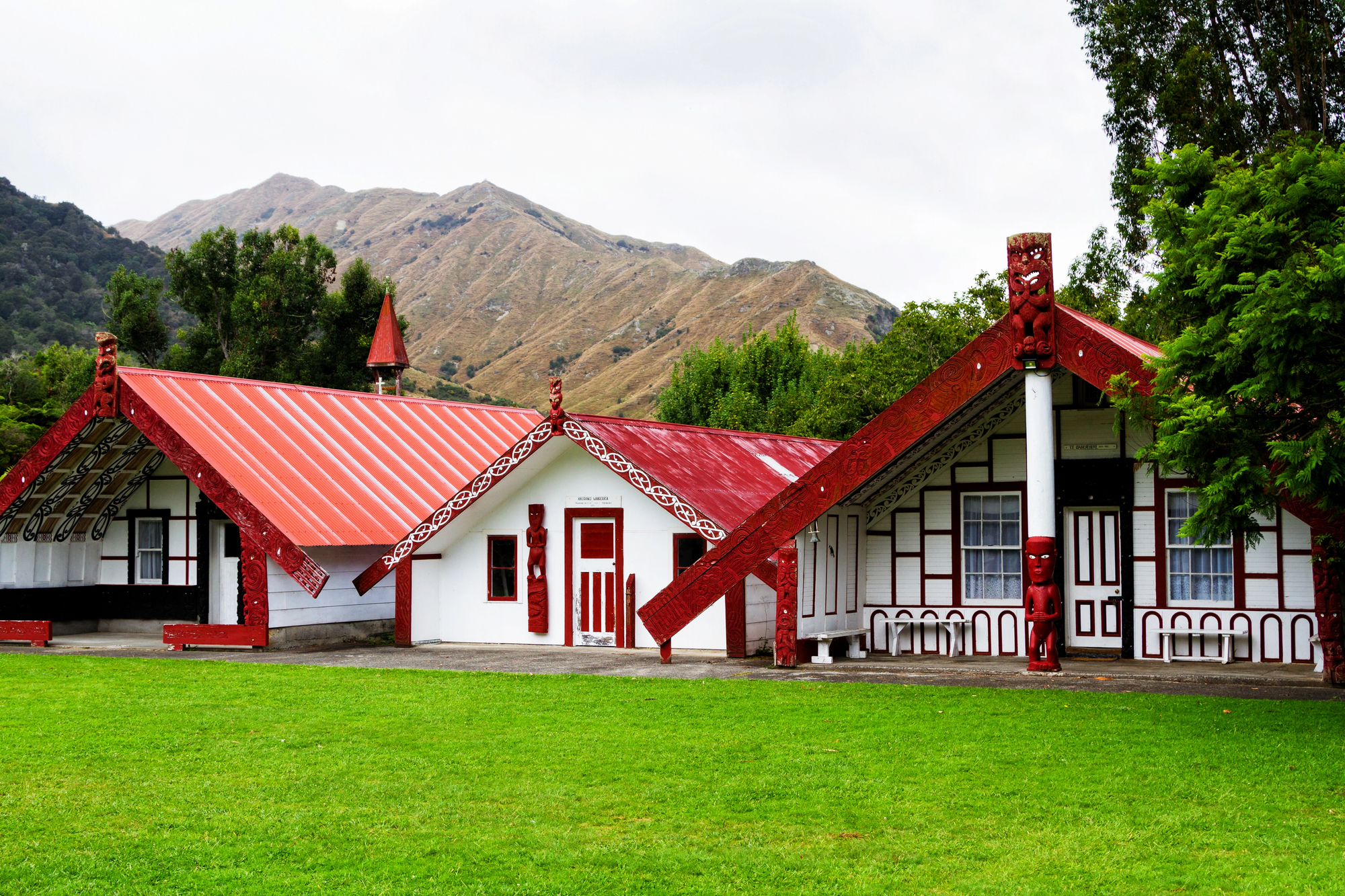
Tribal communities offer cultural immersion through overnight stays at traditional marae (meeting grounds) where visitors participate in powhiri welcome ceremonies, learn about the significance of intricate wood carvings, and join communal meals prepared in hangi earth ovens. The experience typically involves formal speeches, waiata (songs), and sharing personal genealogy to establish connections between hosts and guests.
Many programs include instruction in traditional crafts like flax weaving or bone carving alongside discussions about contemporary Maori identity and revitalization efforts. The strong spiritual connection to specific landscapes becomes evident through stories associated with local geographic features.
Greek Island Family Homes

On islands less frequented by mass tourism, families open traditional stone houses to visitors seeking authentic Greek life beyond postcard images. Guests help with olive harvesting, learn traditional fishing techniques, and participate in preparing regional specialties using wood-fired ovens or outdoor grills central to Greek cooking.
Impromptu music gatherings featuring bouzouki or lyra often develop during evening meals that stretch late into the night under grape arbors or on rooftop terraces. The multi-generational aspect of Greek family life becomes apparent through daily interactions between grandparents, parents, and children who often live in connected housing arrangements.
Like Travel Pug’s content? Follow us on MSN.
Peruvian Andean Homestays
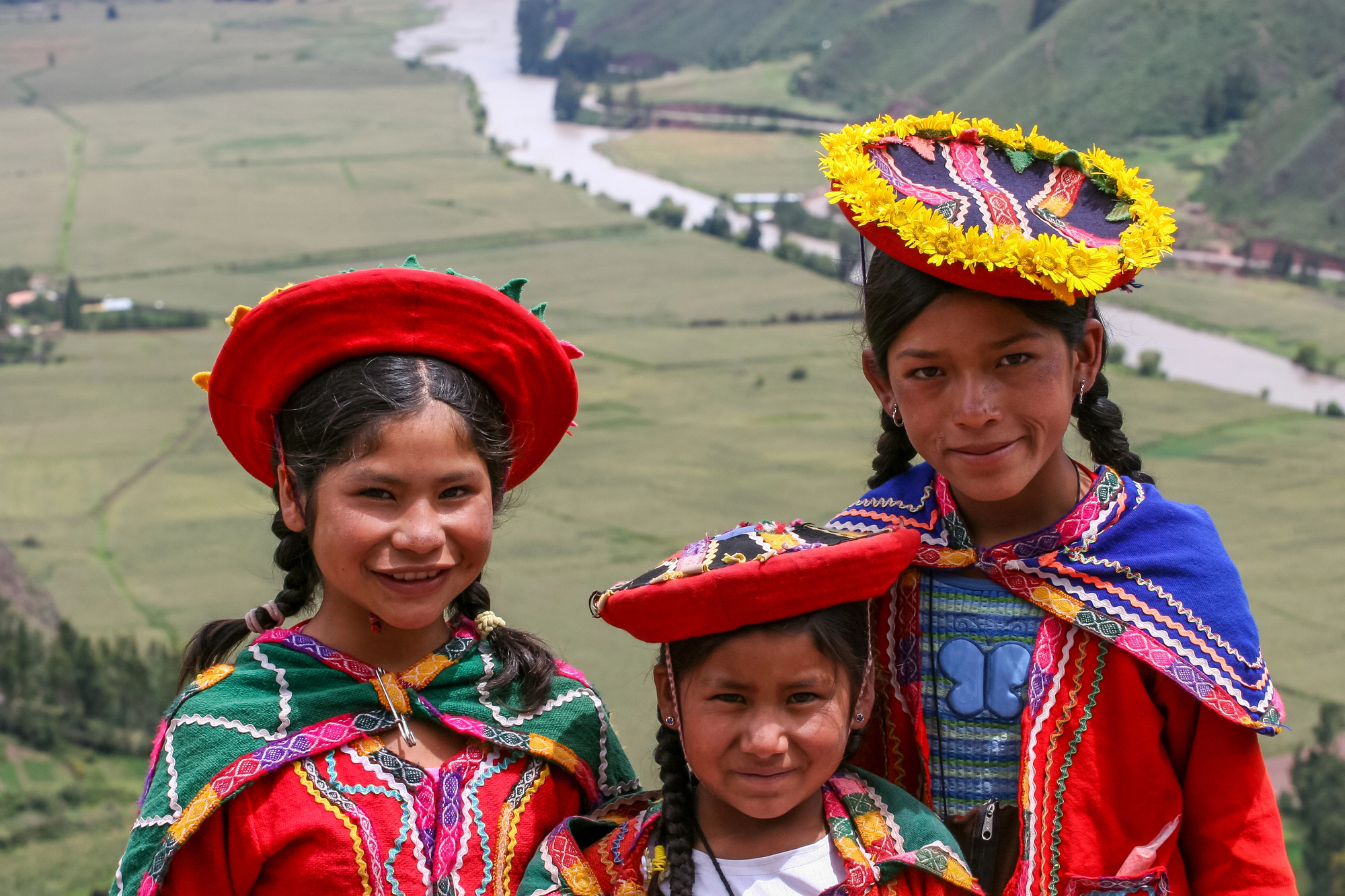
Quechua families in remote mountain communities welcome visitors into adobe homes where guinea pigs scurry across earthen floors and colorful textiles brighten otherwise simple interiors. Guests participate in agricultural work using techniques dating to Incan times, learn about natural dyeing processes using indigenous plants, and join in preparing pachamanca feasts cooked with hot stones in earthen pits.
The continued use of traditional Andean ingredients like quinoa, amaranth, and hundreds of potato varieties demonstrates the nutritional wisdom preserved through generations. Many communities maintain pre-Christian spiritual practices alongside Catholic traditions, creating unique syncretic beliefs visible in home altars and daily rituals.
Vietnamese Village Experiences
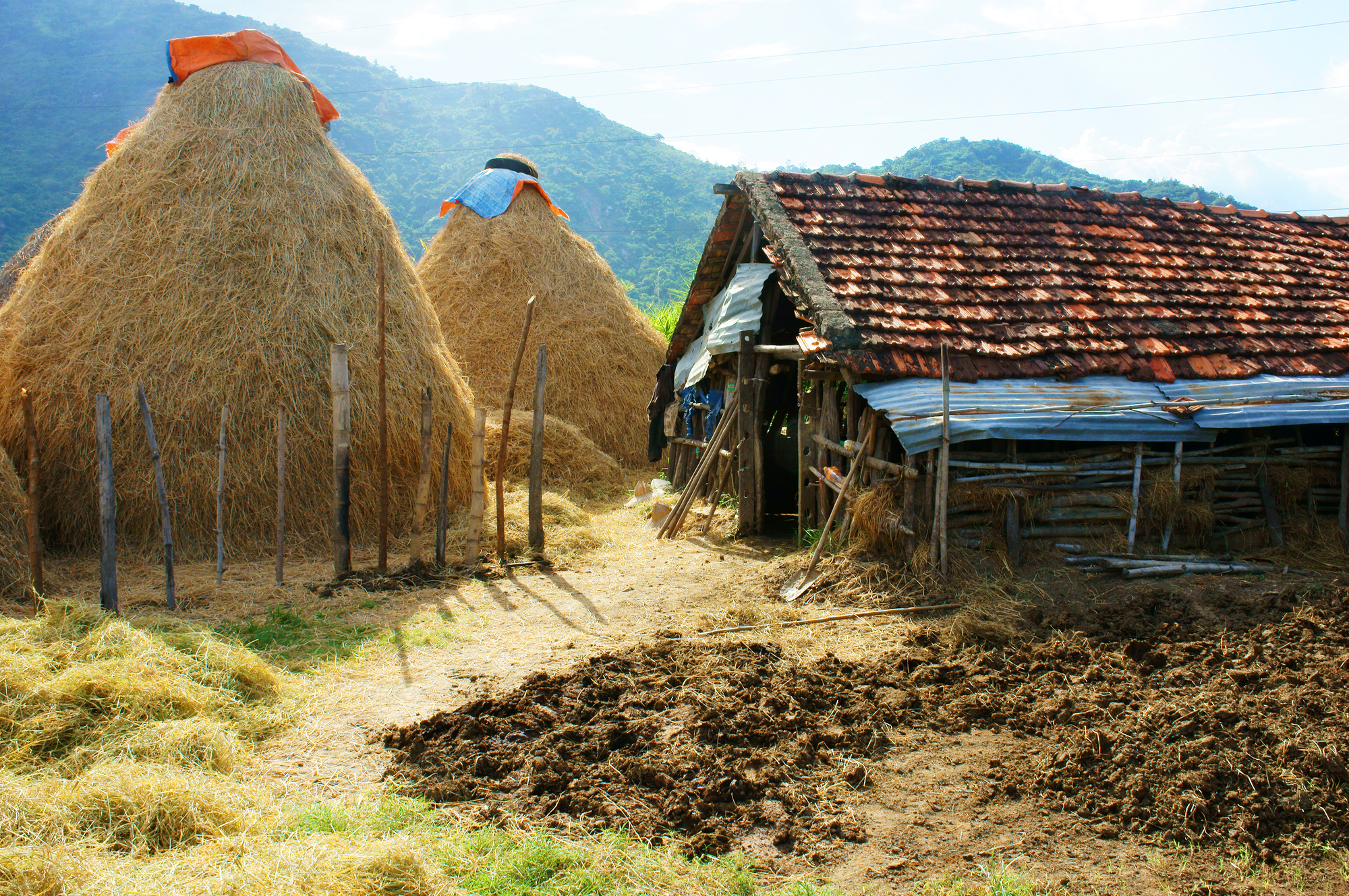
Families in northern regions like Sapa and Mai Chau offer stays in traditional stilt houses built to withstand monsoon conditions while keeping living spaces dry. Guests join in rice planting or harvesting depending on the season, learn indigo dyeing and batik techniques from local artisans, and participate in water buffalo tending, central to agricultural success.
Homemade rice wine accompanies evening meals where multiple generations gather to share stories while children practice traditional dances. The intricate relationship between daily life and seasonal celebrations becomes apparent through domestic rituals and food preparation tied to agricultural cycles.
Bedouin Hospitality in Jordan

Desert families welcome visitors into traditional goat-hair tents where hospitality customs dating back centuries create immediate connections despite cultural differences. Guests learn about desert navigation, camel handling, and finding water in seemingly barren landscapes through traditional knowledge systems.
Three cups of cardamom-spiced coffee carry different symbolic meanings in the elaborate welcome ritual that precedes any business or serious discussion. Fire-baked bread prepared by burying dough in hot sand offers practical demonstrations of desert adaptation and resourcefulness passed through generations of nomadic survival.
Like Travel Pug’s content? Follow us on MSN.
Cultural Exchange Beyond Tourism

These homestays transform travel into active participation in daily life in diverse cultures, rather than passive observation. The real relationships formed through the food, work, and conversation shared create impressions that would not be otherwise achieved through commercial tourism.
Most visitors comment that such immersion drastically changes their understanding of places and people they had previously known only through media representations or stereotypes. The next time you’re planning a trip, attempt to replace at least some of your hotel stays with family homestays that lead to real cultural realities.
Although sometimes challenging, these experiences tend to become the most memorable and rewarding aspect of world travel.
More from Travel Pug

- Cities Growing so Fast You Won’t Recognize Them in 10 Years
- 13 Destinations Where Tourists Regularly Regret Their Trip
- 16 U.S. Cities That Are Quietly Becoming Travel Hotspots
- Where to Travel If You Love Long Bus Rides and Daydreams
- 20 Cities Perfect for Solo Travelers Who Crave Adventure & Culture
Like Travel Pug’s content? Follow us on MSN.
